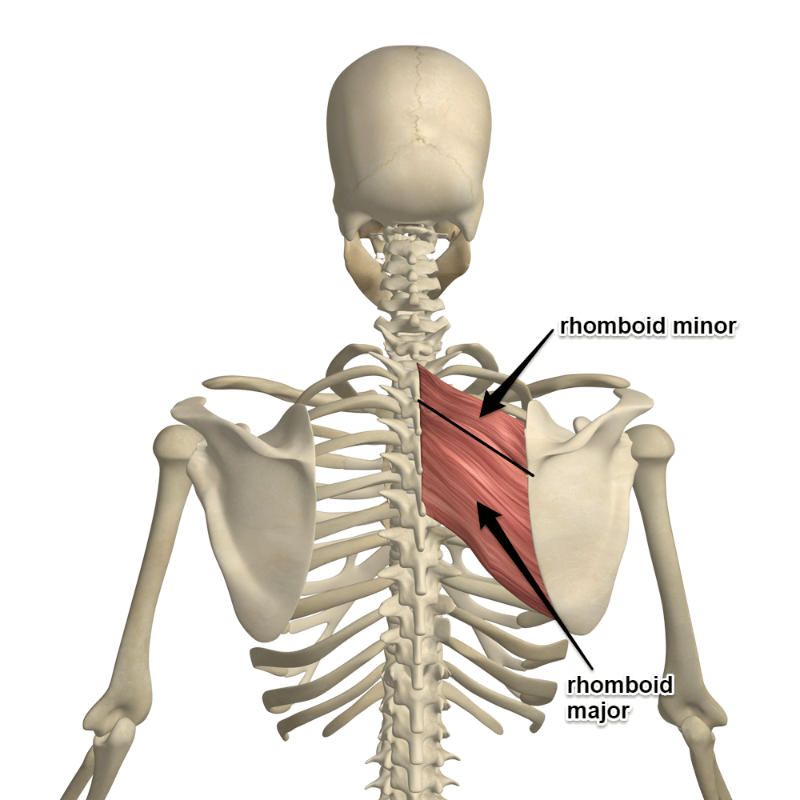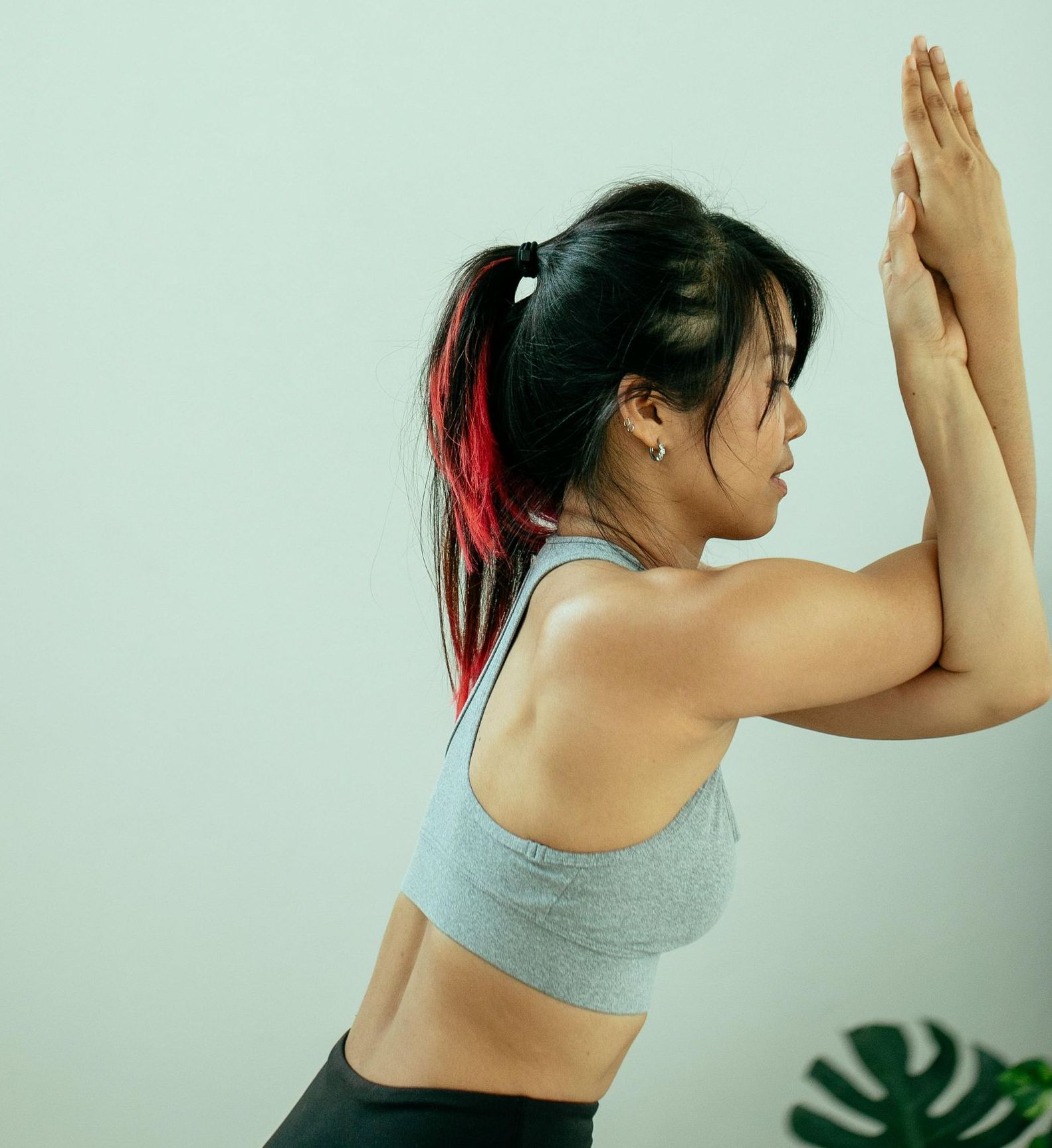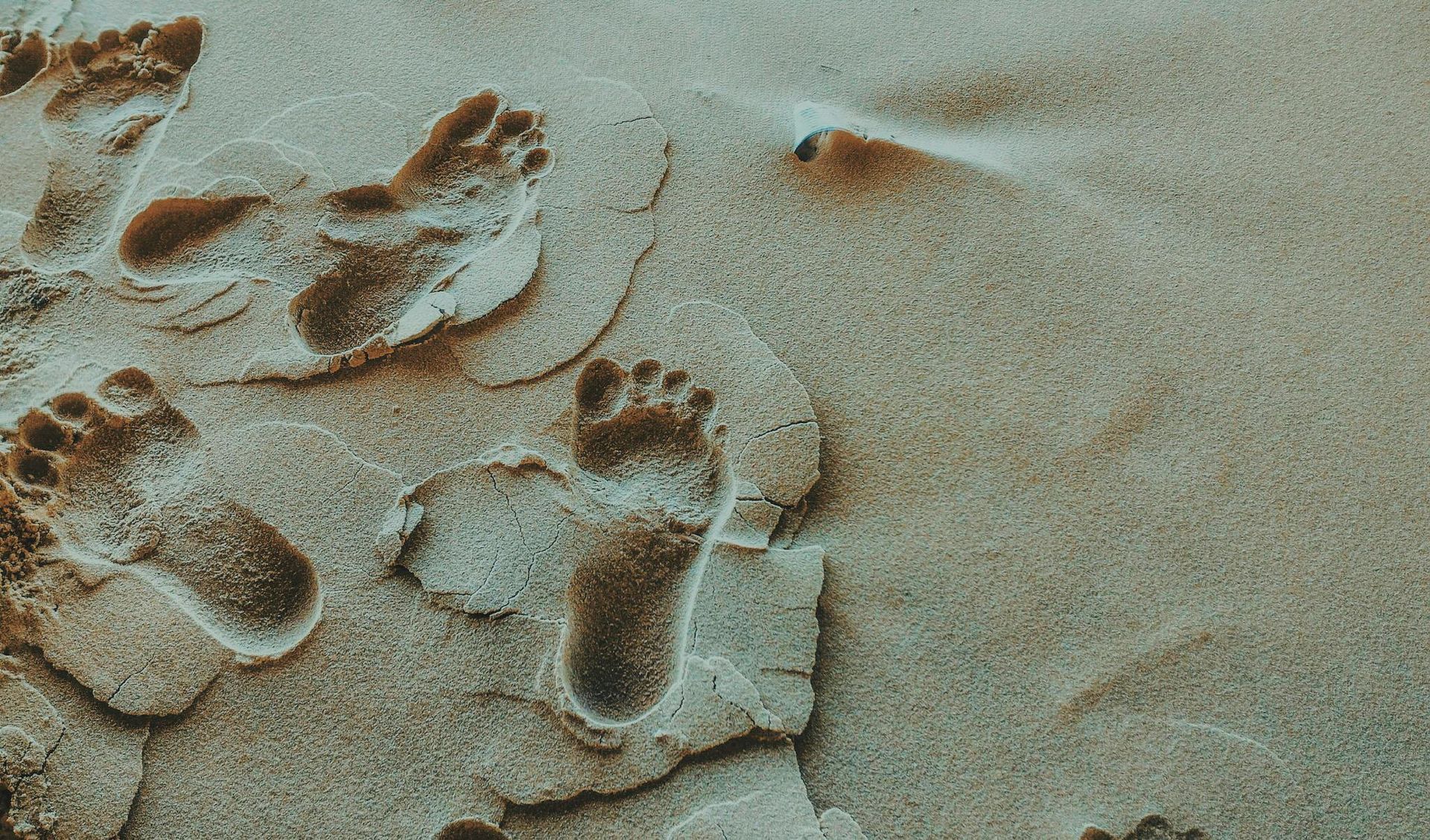Muscle Highlight: The Rhomboids
Have you ever felt an achy sensation between your shoulder blades after a long day on the computer or behind the wheel? If so, it's quite possible that your rhomboid muscles are asking for attention. These hard-working muscles in your upper back are responsible for posture, stability, and upper body movement.
Let’s take a look at what the rhomboid muscle group is, what it does for you, and why you might want to have it massaged. You'll also see some yummy stretches to lengthen your rhomboids.
Where Are the Rhomboids?
The Rhomboid Major and Rhomboid Minor are deep muscles located between your shoulder blades and your spine. They are deeper than your trapezius muscle and run diagonally from your upper thoracic spine to the medial (inside) border of your scapula.
The Rhomboids are called the "Christmas tree muscles" due to their shape.

What Do the Rhomboids Do?
Your rhomboid muscle group helps with:
- Shoulder retraction: Your rhomboids help you squeeze your shoulder blades together. You use them in chest expansions in yoga and in push-ups.
- Lifting and rotating the scapula: This helps with lowering movements of your arms.
- Stabilizing your scapula: Your rhomboids keep your shoulder blades hugged to your lower back. This stability is helpful for upward arm movements and inversions in yoga.
Why Causes Tension in the Rhomboids?

Tension in the rhomboids is very common, especially in those of us who:
- Work at a computer
- Have long commutes
- Spend time on our phones
- Hunch our shoulders or slouch our upper backs when seated and standing
- Do a lot of upper-body strengthening: rowing, lifting, paddling
- Experience stress, which can be held in the upper back
Over time, the rhomboids can become overstretched or weak, leading to additional tension in the neck and chest. This can lead to pain, poor posture, and shoulder issues.
Why Massage Your Rhomboids?
A skilled massage therapist can offer targeted release for rhomboid tension. This can help with:
- Releasing knots and trigger points that can cause pain and hinder movement
- Improving circulation to enhance tissue repair and healing
- Restoring muscle length and better balancing the body
- Reducing any referred pain felt in the upper back, shoulders, and arms
Massage therapy can also help with body awareness, helping you improve your posture if you notice you are hunching over.
What are Some Stretches for Your Rhomboids?

Here are a few great stretches to keep your rhomboids open and functional:
1Eagle Arms
- Sit or stand tall.
- Cross one arm under the other at the elbows.
- Wrap forearms and press palms together (or as close as you can).
- Gently lift the elbows and pull hands away from the face to feel the stretch in the upper back.
Child's Pose
- Kneel and reach arms forward, palms down, forehead resting on the floor, and hips to heels.
- You can walk the hands slightly over to one side for a side stretch variation.
- Hold for a few moments and walk to the other side.
Cross-body Arm Stretch
- Bring one arm across your chest.
- Use the opposite hand to gently pull the arm closer to your body.
- Feel the stretch across your upper back and shoulder blade.
Tip: Combine stretching with strengthening exercises for postural muscles (like rows or scapular squeezes) for lasting results.
The Bottom Line
Your rhomboids are small but mighty muscles that can talk to you if you don't give them the care they need. They work hard to stabilize your shoulders, support good posture, and help your upper body move smoothly.
Ready to release some upper back tension? Book a session and let’s give your rhomboids a little love.
On the Blog



